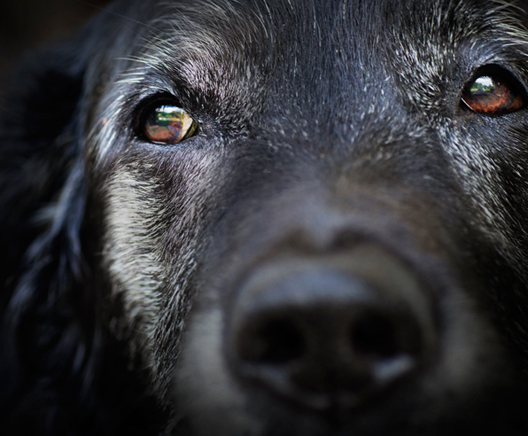Dogs are known as man’s best friend, but that friendship can be tested when your furry pal is more aggressive animal than ally. A dog bite can be painful, upsetting and even deadly if not properly treated.
Dogs are known as man’s best friend, but that friendship can be tested when your furry pal is more aggressive animal than ally. A dog bite can be painful, upsetting and even deadly if not properly treated.
According to the San Diego Department of Animal Control, approximately 4.7 million people are bitten by dogs in the U.S. each year, and the vast majority of those bites come from the person’s own dog or a dog belonging to a family member or friend. Half of the bites occur on the dog owner’s property. On average, roughly 30 people die each year due to a dog attack.
“We get about one dog bite out of 300 visits each day in the emergency department, and two dog bites out of 100 patients each day in urgent care. We see even more in the summer months, when school is out,” says Ken VanDerBeck, a physician assistant at the Sharp Grossmont Hospital Emergency Department (ED). “It is most commonly the victim’s own dog or a friend’s dog that was the culprit, and most dog bite victims we see are children.”
VanDerBeck offers the following tips for treating dog bites:
Wash the area.
The first thing you should do if a dog bites you is to rinse the area well with soap and water.
Seek medical care.
The severity of the bite will determine if you need to be seen immediately in the ED or urgent care, or if you can wait to see your primary care provider (PCP) in the morning. If it is a small or minor injury, you can wait to see your PCP the next day. You should be seen by a medical provider for any dog bite, due to the possibility of severe infections. Certain populations are at a much higher risk of infection—those who are immune-compromised; those who have diabetes or peripheral vascular disease; the elderly; and the young.
Head straight to urgent care or the ED with severe symptoms.
Seek medical care immediately if you are experiencing uncontrollable bleeding; the lack of sensation in or use of your extremities; or if there are deep tissue injuries. Dogs have very strong jaws and most bites are on the hands, which may result in broken bones. Your medical provider will clean the bite area, test to ensure that there is no indication of nerve or tendon damage, and order X-rays if there are concerns that the bite may have caused fractures. Sutures may be necessary, but many dog bite wounds cannot be completely closed because of the high risk of infection. You may receive antibiotics to prevent infection.
Watch the wound.
Dog bite injuries will typically take a week or two to heal. Most dog bites are puncture wounds, so they usually heal more quickly than a longer or deeper laceration. The most important thing is to keep it clean, watch the wound for signs of infection, and follow up with your health care provider. Signs of infection include warmth, redness, swelling or pain near the wound, and fever.
VanDerBeck says that because most bites come from a family pet, it is important to make sure your dogs—or the dogs you or your children spend time with—have received all recommended vaccinations and have not shown signs of aggression in the past.
If an unfamiliar dog bites you, get the owner’s contact information, request proof that the dog’s rabies vaccination is current, and notify animal control.
The American Society for the Prevention of Cruelty to Animals (ASPCA) recommends that adults and children should be educated about bite prevention, and that dog owners should practice responsible pet ownership to help reduce the risk of dog bite injuries.
This article features experts from Sharp Grossmont Hospital. For more health stories visit www.sharp.com/news.















I love what you guys are up
I love what you guys are up too. Such clever work
and exposure! Keep up the good works guys I’ve added you guys to my own blogroll. https://m.kaskus.co.id/redirect?url=https://mmo365.co.uk/4302/are-there-any-hca-side-success
I love what you guys are up
I love what you guys are up too. Such clever work and
exposure! Keep up the good works guys I’ve added you guys
to my own blogroll. https://m.kaskus.co.id/redirect?url=https://mmo365.co.uk/4302/are-there-any-hca-side-success